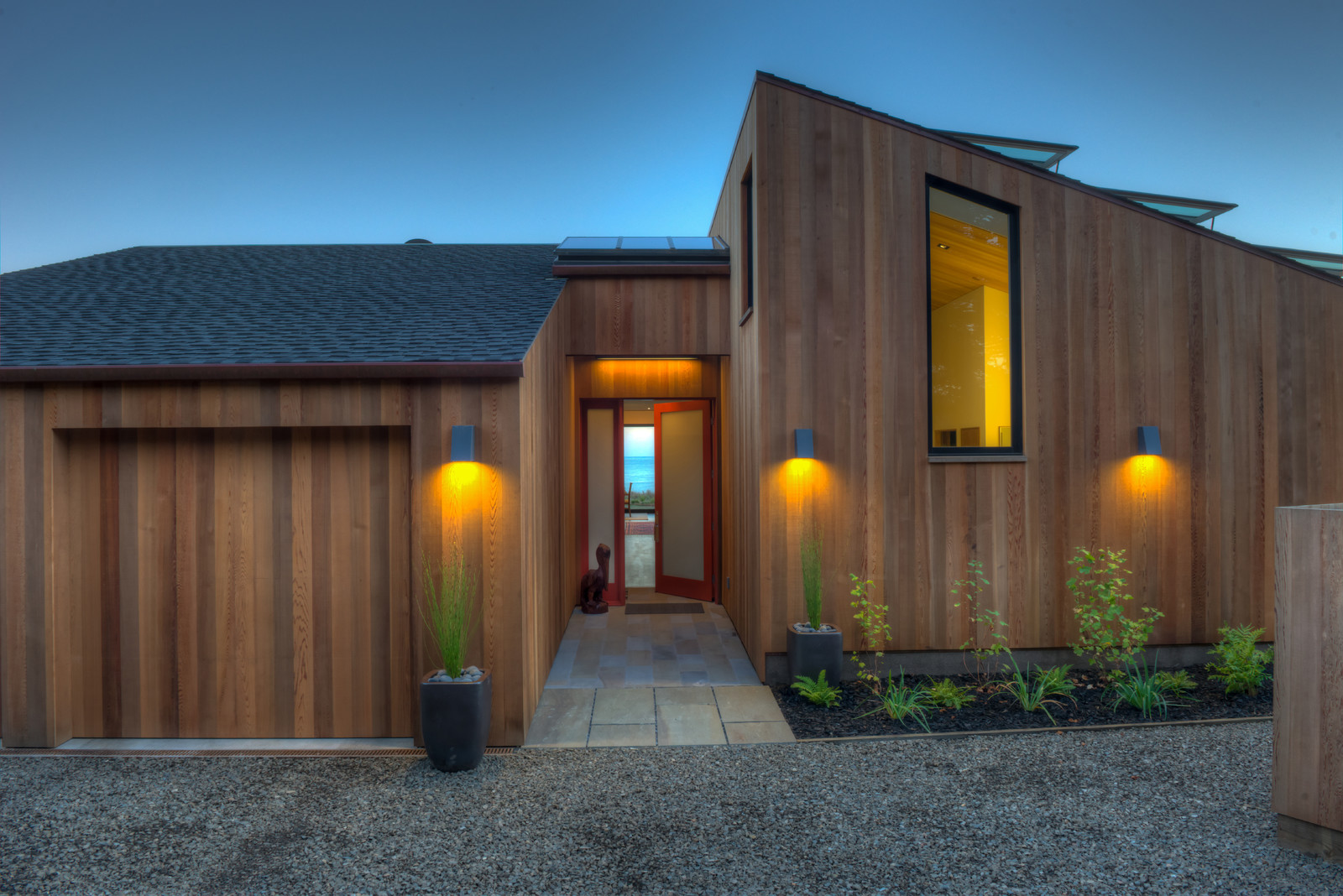 If you’re looking for an exterior material that is durable, elegant, and energy-efficient, then cedar siding may be the perfect option for you. Cedar is a popular choice for siding because of its natural beauty and many benefits. In this post, we’ll take an in-depth look at the advantages of Cedar Siding Everett, WA and how to install it properly.
If you’re looking for an exterior material that is durable, elegant, and energy-efficient, then cedar siding may be the perfect option for you. Cedar is a popular choice for siding because of its natural beauty and many benefits. In this post, we’ll take an in-depth look at the advantages of Cedar Siding Everett, WA and how to install it properly.
Benefits of Cedar Siding
Cedar siding is a popular choice for homeowners for many reasons. Cedar is naturally resistant to rot, decay, and insects, which makes it a durable and long-lasting choice for exterior use. Additionally, cedar is a sustainable material that is harvested responsibly, making it an eco-friendly choice for those concerned about the environment. Cedar is also a highly insulating material, which can help reduce energy costs and keep your home comfortable in both hot and cold weather. Finally, cedar siding is a beautiful and elegant option that can add warmth and character to any home.
Types of Cedar Siding
There are two main types of cedar siding: shingles and clapboards. Shingles are small, thin pieces of cedar that are installed in overlapping rows to create a uniform, textured surface. Clapboards, on the other hand, are larger pieces of cedar that are installed horizontally to create a smooth surface. Both types of cedar siding come in different grades, thicknesses, and textures, which allows homeowners to choose the look that best suits their personal style and aesthetic preferences.
Installation of Cedar Siding
Installing cedar siding requires careful planning and attention to detail. Before installing cedar siding, it’s important to inspect the underlying structure of your home to make sure there are no issues that need to be addressed before installation begins. Once any necessary repairs have been made, the cedar siding can be installed using nails or screws. Cedar siding should be installed with a minimum of 1/8 inch of space between each board to allow for natural expansion and contraction due to changes in temperature and humidity. Ventilation should also be provided behind the cedar siding to prevent moisture from becoming trapped and causing damage.
Maintenance of Cedar Siding
To keep your cedar siding looking beautiful and in good condition, it’s important to perform regular maintenance. The frequency and type of maintenance that is required will depend on the type of cedar siding, the climate in your area, and the level of exposure to the elements. Some maintenance tasks may include cleaning the siding with a soft bristle brush and mild soap, applying a protective sealer or stain, and regularly inspecting the siding for any signs of damage or wear.
Cost of Cedar Siding
The cost of cedar siding varies depending on several factors, such as the type of cedar, the quality and thickness of the material, and the size of your home. Generally, cedar siding is more expensive than other types of siding materials, such as vinyl or aluminum. However, the durability, energy efficiency, and natural beauty of cedar siding can make it worth the investment in the long run.
Conclusion:
In summary, cedar siding is a versatile and durable material that offers many benefits for homeowners. Whether you choose shingles or clapboards, cedar siding can add elegance and character to any home while also providing insulation and protection against the elements. With proper installation and maintenance, cedar siding can provide many years of beauty and durability.
United Seattle
1010 SE Everett Mall Way, Ste 100, Everett, WA 98208